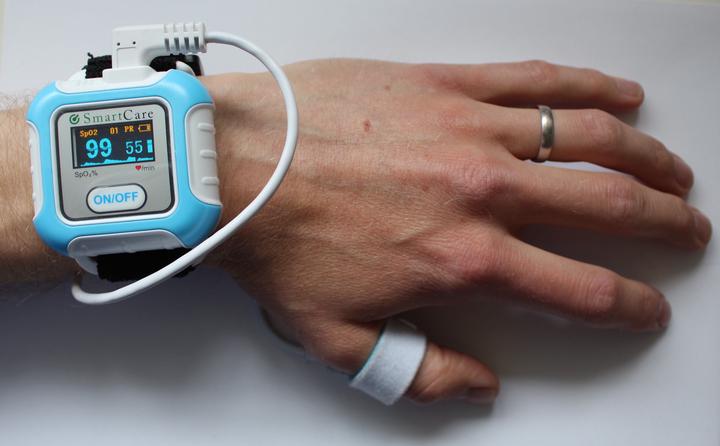Acquiring wearable photoplethysmography data in daily life: The PPG Diary Pilot Study
Abstract
The photoplethysmogram (PPG) signal is widely measured by smart watches and fitness bands for heart rate monitoring. New applications of the PPG are also emerging, such as to detect irregular heart rhythms, track infectious diseases, and monitor blood pressure. Consequently, datasets of PPG signals acquired in daily life are valuable for algorithm development. The aim of this pilot study was to assess the feasibility of acquiring PPG data in daily life. A single subject was asked to wear a wrist-worn PPG sensor six days a week for four weeks, and to keep a diary of daily activities. The sensor was worn for 75.0% of the time, signals were acquired for 60.6% of the time, and signal quality was high for 30.5% of the time. This small pilot study demonstrated the feasibility of acquiring PPG data during daily living. Key lessons were learnt for future studies% (i) devices which are waterproof and require charging less frequently may provide signals for a greater proportion of the time; (ii) data should either be stored on the device or streamed via a reliable connection to a second device for storage; (iii) it may be beneficial to acquire signals during the night or during periods of low activity to achieve high signal quality; and (iv) there are several promising areas for PPG algorithm development including the design of pulse wave analysis techniques to track changes in cardiovascular properties in daily life. The dataset and code are publicly available at DOI% 10.5281/zenodo.3268500.
